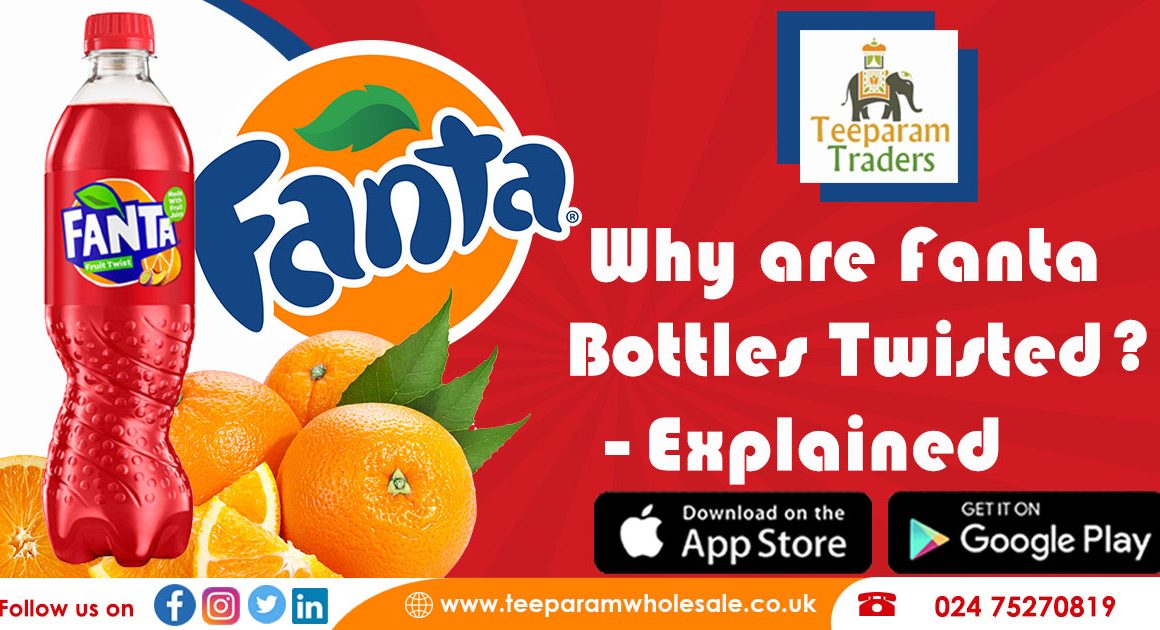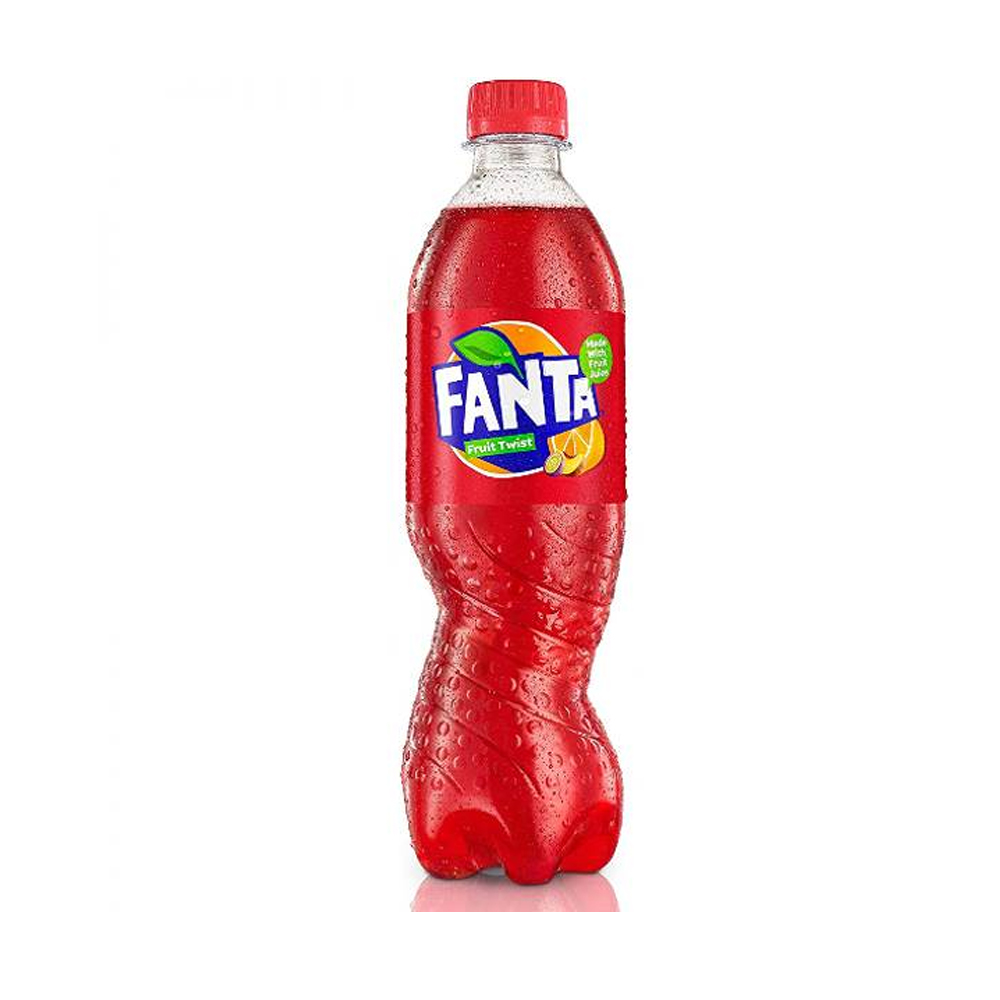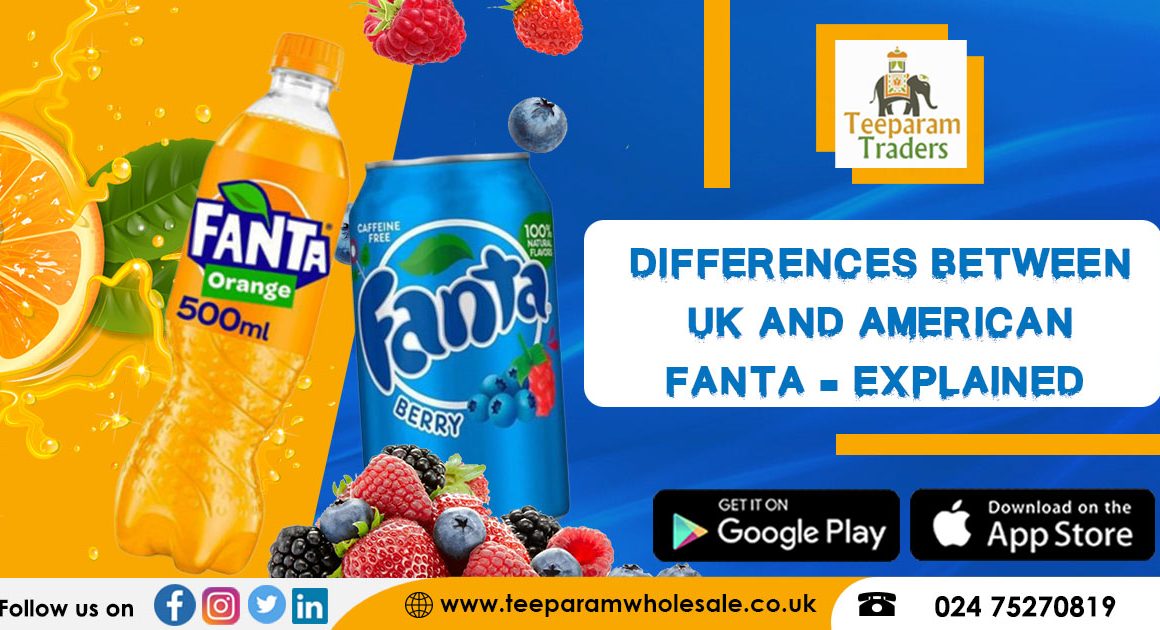Everyone who is living on Planet Earth has heard about Fanta, the vibrant and flavorful soft drink, has amassed a massive following of devoted fans worldwide. Its popularity extends across cultures and generations, leaving many curious about the reasons behind its widespread appeal.
Fanta’s distinctively fruity taste provides a refreshing experience that sets it apart from other soft drinks. The combination of crisp carbonation and the natural essence of fruits creates a delightful sensory experience. Whether sipped straight from the bottle or poured over ice, Fanta’s effervescence and fruity notes invigorate the senses, leaving billions of consumers feeling refreshed and satisfied.
One of the key factors contributing to Fanta’s universal appeal is its extensive range of flavors. From the classic orange to tantalizing options like grape, strawberry, pineapple, and more, Fanta offers a flavor for every preference. This diversity ensures that there is a Fanta variant to suit everyone’s unique taste, making it an inclusive choice for a wide consumer base.
History of Fanta
The history of Fanta is a tale of ingenuity, resourcefulness, and adaptability, tracing its roots back to Germany during the tumultuous times of World War II. The story begins in the early 1940s when Germany faced severe shortages and economic constraints due to the war. The Coca-Cola Company, unable to import the necessary ingredients to produce its flagship beverage, faced a significant challenge. Max Keith, the head of Coca-Cola GmbH in Germany, took on the challenge of creating a new drink using available resources.
Keith and his team embarked on a journey of experimentation, aiming to develop a refreshing beverage that captured the spirit of the times. They utilized whatever ingredients they could find, including whey, apple fibers, and scraps leftover from fruit processing plants. Through their ingenuity, they crafted a fruity, flavorful drink that would soon become known as Fanta.
The name “Fanta” itself is derived from the German word “Fantasie,” which Max Keith often used in his team meetings: “Fantasie” (German for “imagination”). This phrase served as the catalyst for the creation of the new beverage. Keith encouraged his team to think creatively and develop an imaginative drink that would capture the essence of the moment.This name symbolized the departure from the traditional cola flavor and embraced a new and exciting taste experience. It represented a leap of imagination and creativity in the face of scarcity.
Fanta initially served as a substitute for Coca-Cola during the war years, offering Germans an alternative beverage in the midst of ingredient shortages. However, its popularity and success did not end with the war. After World War II, when Coca-Cola regained control of its operations in Germany, the company recognized the potential of Fanta and decided to introduce it to international markets.
In 1955, Fanta made its debut in Italy, marking its first step towards global recognition. The drink’s unique and refreshing taste resonated with consumers, leading to its expansion to other countries around the world. Fanta soon became a popular soft drink choice, winning the hearts of people in different cultures and becoming an integral part of the beverage industry.
As the company expanded internationally, it adapted to cater to diverse palates and preferences. The original orange flavor, which was the first introduced, paved the way for an array of delicious variations. Fanta now offers an extensive range of flavors, including grape, strawberry, pineapple, apple, and many more. This variety allows consumers to choose their favorite Fanta flavor, enhancing their enjoyment and creating a unique taste experience.
Beyond its refreshing taste, they have made significant contributions to society. The brand has actively participated in social initiatives and sponsored various events worldwide. Their involvement in community projects, such as promoting active lifestyles and supporting environmental sustainability, showcases its commitment to making a positive difference.
Why are Fanta Bottles Twisted?
When you think of Fanta, the popular carbonated soft drink, one distinctive feature that comes to mind is its uniquely twisted bottle shape. The twisted design has become synonymous with Fanta, making it visually striking and memorable packaging that would set Fanta apart from other beverages on the market.
Before the introduction of the twisted bottle shape, early Fanta bottles had a more conventional design,a straight or slightly curved silhouette that was in line with standard soft drink packaging of the time. The glass bottles often had a cylindrical or slightly tapered form with a neck and cap for sealing, with the brand name and logo prominently displayed on the label.
This current unique design was created by the Coca-Cola Company’s industrial designer, Alex Samuelsson. a Swedish designer, who was tasked with developing a bottle design that would embody the essence of Fanta and align with its energetic and playful brand image.
In this article, let us explore the fascinating reasons behind the twisted shape of Fanta bottles.
Ergonomics and Grip of Fanta bottle
One of the primary reasons for the twisted design of Fanta bottles is to enhance the ergonomic experience for consumers. The unique shape allows for a comfortable and secure grip, making it easier to hold and handle the bottle, even with wet or slippery hands. The twisted grooves provide a tactile advantage, preventing accidental slips and spills. This ergonomic design consideration aims to improve the overall consumer experience.
Differentiation and Brand Identity
In the highly competitive beverage industry, creating a distinct brand identity is crucial. Fanta’s twisted bottle design serves as a powerful visual differentiator. The unconventional shape catches the eye and stands out on store shelves, attracting consumers and making it instantly recognizable. By adopting this unique design, Fanta successfully establishes itself as a brand with a strong and memorable identity.
Marketing and Advertising Strategy of Fanta
The twisted bottle design plays a vital role in the company’s marketing and advertising campaigns. The shape is often featured prominently in seen in their promotional materials, including advertisements, billboards, and packaging. By consistently highlighting the twisted bottle, they reinforce their brand image and creates a strong association between the product and its distinct packaging. This visual reinforcement strengthens brand recall and stimulates consumer interest.
Symbolic Representation
The twisted shape of Fanta bottles has evolved beyond mere aesthetics and has gained symbolic significance. It is widely recognized as a representation of fun, playfulness, and enjoyment. The unique design aligns with Fanta’s brand personality, conveying a sense of vibrancy and excitement. Consumers associate the twist with a twist of flavor, adding to the overall appeal of the product. This symbolic representation further enhances the emotional connection between the brand and its consumers.
Structural Integrity and Stability
Another practical aspect of the twisted bottle design is its improved structural integrity. The grooves and twists enhance the strength of the bottle, making it more resistant to external pressure and impacts. The reinforced structure ensures that the bottle can withstand the carbonation process and transportation without compromising its integrity. This design feature contributes to maintaining the quality and freshness of the beverage.
While the twisted bottle shape may not be a defining characteristic of its packaging, the brand’s success lies in its ability to capture the hearts and taste buds of consumers worldwide. They have managed to establish itself as a beloved and iconic soft drink, appealing to a wide range of individuals through its unique flavors, refreshing experience, and vibrant branding.
As the company continues to evolve and adapt to changing consumer preferences, it remains a favorite choice for those seeking a delicious and refreshing beverage. Whether enjoyed in a traditional bottle, can, or other packaging forms, the essence of Fanta’s popularity lies in its ability to provide a sense of joy, refreshment, and a moment of delightful escape from the ordinary.
Where to buy Fanta in the United Kingdom?
Fanta can be found everywhere in the United Kingdom from a small corner shop to a hypermall. But If you are looking to buy Fanta at a very cheap price as a wholesaler or retailer Teeparam Traders will be the best choice. Teeparam Traders , being one of the fast-emerging FMCG Wholesalers in branded Food and Non Food Lines with a distribution network across the United Kingdom, We offer a range of products at an unbelievable price for their customers.
Teeparam wholesale division offers a lot of benefits and a good value for your money. We offer B2B wholesale distribution across the UK with excellent customer service, and with very versatile payment options like cash and carry, Teeparam wholesale always makes it the number one choice to shop for Fanta or any other soft drink brand in the UK.




